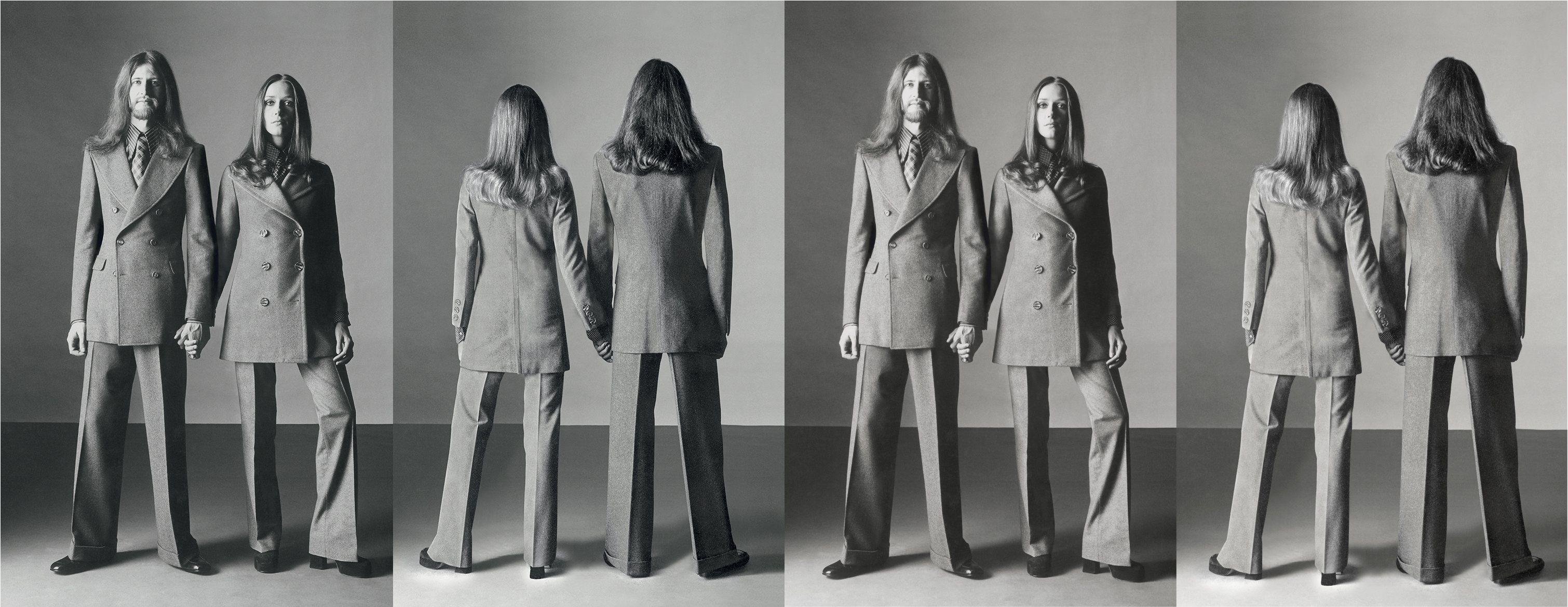
ITALIANA
Italy Through the Lens of Fashion
1971 — 2001
22.02 — 06.05.2018
Palazzo Reale, Milano
Piazza Duomo 12
Curated by Maria Luisa Frisa and Stefano Tonchi
ITALIANA: ITALY THROUGH THE LENS OF FASHION, 1971-2001
Italiana. Italy through the lens of fashion 1971-2001: an exhibition promoted and produced by the Comune di Milano-Cultura, Palazzo Reale and Camera Nazionale della Moda Italiana with the support of the Ministero dello Sviluppo Economico and ICE Agenzia, thanks to the main partner YOOX NET-A-PORTER GROUP, and to the collaboration with Pomellato and La Rosa mannequins.
Italiana. Italy through the lens of fashion 1971-2001 is a project in the form of an exhibition and a book, conceived and curated by Maria Luisa Frisa and Stefano Tonchi.
Italiana celebrates the Italian fashion system over the seminal three decades in which it cemented relations and exchanges between the members of a generation of designers, industrialists, artists, architects and intellectuals that defined Italy's image in the world and put it on the map of international culture.
Italiana is an adjective, used here as a noun to indicate the complex set of traits, styles and atmospheres that define Italian culture in all its forms and expressions. The subtitle Italy through the Lens of Fashion-which in Italian, L'Italia vista dalla moda (literally "Italy as Seen from Fashion"), evokes "The Earth as Seen from the Moon," Pier Paolo Pasolini's episode of the film The Witches (1967)-presents fashion as the point of view privileged by the narration and asserts the need to take a new critical approach.
The long period 1971-2001 was the one in which the processes of challenge to the global balances so laboriously put in place after the Second World War were made manifest. The date on which it begins symbolically marks the break with high fashion and the beginning of the period of Italian ready-to-wear: it was the year in which Walter Albini chose Milan for the first show of the line that bore his name, and it was the year in which the women's liberation movement emerged in Italy.
The date on which it ends is emblematic and marks the transition between two centuries: Italian fashion sloughed its skin and finally became a global phenomenon. It was also the year of the attacks of 9/11, traumatic sign of radical and definitive crisis in an international system already shaken by the geopolitical changes of the nineties.
Italiana sets out to tell at one and the same time the stories of all the players who have shaped the image of Italian fashion: the protagonists of the period of the industrial production of quality clothing are compared with the system centered on the fashion designer that emerged and triumphed over the course of the eighties, before moving on to those names and brands that in the nineties found themselves operating in an international panorama defined by the trajectories of a global economy of styles, between glocalist aspirations and actions dictated by the multinationals of luxury and the new figure of the creative director.
Italiana: Italy through the Lens of Fashion, 1971-2001 takes the form of a journey through Italian fashion and reveals its nature as a polycentric phenomenon, able to draw on a whole range of expertise and intelligence. The exhibition explores a multiplicity of objects and visions and tells a fascinating story of fashion over the three crucial decades that saw it define itself in symbiotic relationship with the social, political and cultural history of our country. Rather than following a chronological order, this journey explores a galaxy of themes in an attempt to present the most significant expressions and defining qualities of Italian fashion, delving into the realms of design, art, photography and publishing. A landscape of creativity springing from an open-ended research that responds to the stimuli of the time, always at work in fashion.